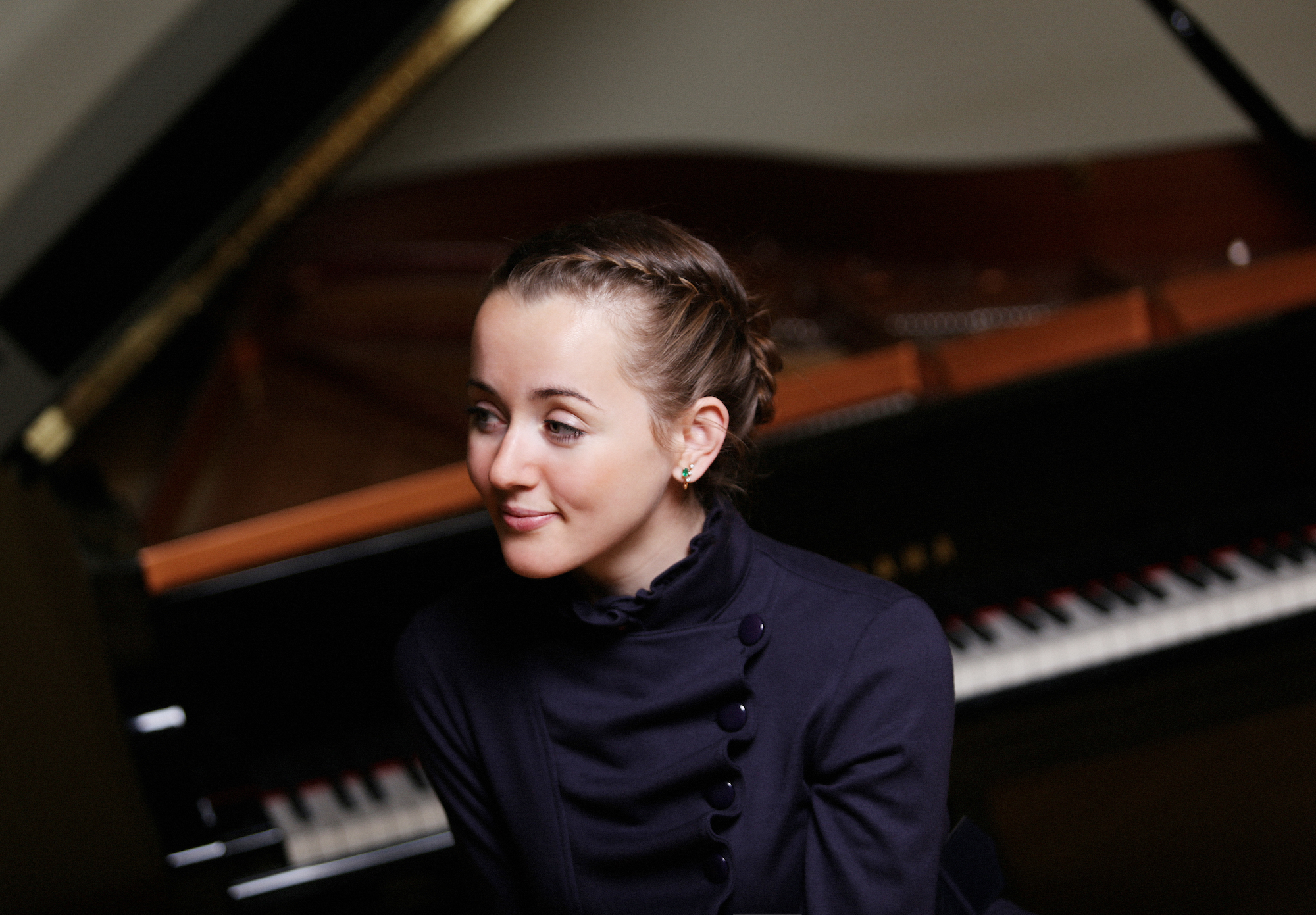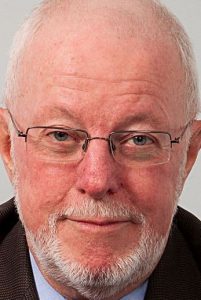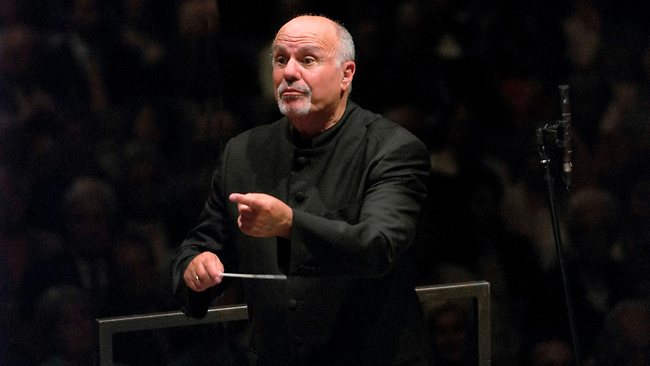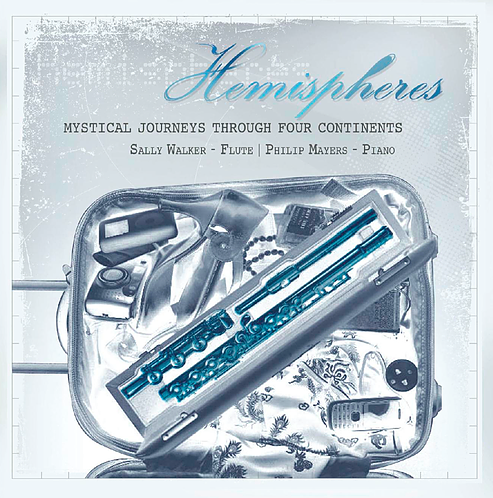Concert Review: Oxana Shevchenko/ Sydney International Piano Competition
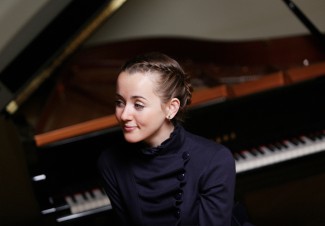
Oxana Shevchenko, Sydney International Piano Competition of Australia
Verbrugghen Hall, Sydney Conservatorium of Music,
14 April, 2019
Written by Paul Bennett
With a slightly bowed head and a confident walk without hint of strut or swagger, Oxana Shevchenko is all about the music. She welcomes her audience in the manner of a genial hostess with a warm smile and an invitation to accompany her as a partner on an emotional exploration of music she clearly loves.
Well known to Sydney audiences as 5th place getter in the 2016 Sydney International Piano Competition and the recipient of the Chamber Music Prize, Oxana has an impressive record in multiple piano competitions including first prize at the 2010 Scottish Piano competition, first prize at the International Premio Franz Liszt competition in Italy in 2015, …. and the list goes on. She was born in Kazakhstan and gave her first performance as a soloist with the Kazakh State Symphony Orchestra at the age of 9 and is now in constant demand internationally as a soloist and chamber musician.
Playing to a full Verbrugghen Hall at the Sydney Conservatorium of Music, Oxana treated us to an all-Russian program – a solo recital of pieces by Tchaikovsky and Mussorgsky before the interval, followed by a performance of the Shostakovich Piano Quintet in G Minor Op. 57 in association with the Tinalley String Quartet from Melbourne after the break.
Tchaikovsky’s life was a turbulent emotional and social rollercoaster with frequent episodes of depression and, according to some authors, mania. So it’s interesting to see whether two late compositions in any way reflect his challenging emotional history. The first offering was Meditation – No.5 from 18 pieces Op 72. Written in 1893, the final year of his life and at the same time as his Symphony No 6, Tchaikovsky told his younger brother Modest that “in order to earn some money I will compose a few piano pieces” which he proceeded to do at the rate of one a day. No 5 in D Major starts with a beautiful melodic line before developing an emotional intensity driven by rhythmic changes and minor tonalities. The climax is characterised by sweeping arpeggios and brilliant scales before returning to a more sedate pace accompanied by trills and gentle chords towards the end. Oxana led us through the emotional highs and lows with confidence and expertise, easily demonstrating the power and technical virtuosity demanded by the piece.
The second offering, Dumka Op 59 was composed in 1886 as a result of a commission from the Parisian music publisher Felix Mackar who had begun to publish Tchaikovsky’s compositions in Paris. Based on the Ukrainian “Duma”, a melancholic or introspective epic ballad, this piece starts contemplatively in a minor key but quickly gathers pace and intensity moving through tonal and folk infused rhythmic changes to a brilliant cadenza and fiery final passage before settling back to a recapitulation of the opening theme. Oxana carefully piloted us through the emotional rollercoaster, effortlessly coping with the technical demands and the emotional intensity. She was able to get inside these piano works to allow us to see the passion and range of emotions Tchaikovsky poured into these two pieces.
Modest Mussorgsky, a member of “the 5”, a group of 5 nationalistic and prominent 19th century Russian composers who worked together to create a distinctive Russian Classical music genre, was also no stranger to mental health challenges. Born into wealth he lived a turbulent life and died a pauper from alcohol related problems at age 42 in 1881. Pictures at an Exhibition dates from 1874 and is his most famous solo piano composition. Mussorgsky wrote it soon after the sudden death of his good friend the artist Viktor Hartmann and the work depicts 10 of Hartmann’s pictures that were part of a memorial exhibition of the artists work. Each of the 10 pieces depicts a different picture and the individual pieces are connected together by a “promenade” – a recurring theme which suggests the walk from picture to picture. Presenting this collection of pieces presents considerable interpretive challenges not to mention the high technical facility demanded by the pieces. The soloist is tasked with taking us on a journey into Mussorgsky’s impression of Hartmann’s impression of a wide range of artistic subjects ranging from the grotesque (“The Gnome”, and “Baba Yaga”) to depictions of Oxen (“Cattle”} to illustrations of two Jewish gentlemen (“Samuel Goldenberg and Schmuyle”)and finally to the grand gates of the city of Kiev. Getting the correct balance between the art of Hartmann, the music of Mussorgsky and the interpretation of the soloist is key, and Oxana worked hard to act as a facilitator rather than a focus, creating a different experience for each work which allowed us to appreciate the full scope of both Mussorgsky and Hartmann.
The final piece on the program was the Piano Quintet in G Minor Op 57 by Dmitry Shostakovich and here Oxana was joined by the superb Tinalley String Quartet. Written in 1940 at the request of the Soviet Bloc’s Beethoven String Quartet, it was immediately popular and received the inaugural Stalin prize in 1940. The piano part is acknowledged to be very demanding and Shostakovich himself played the part for the first performance at the Moscow Conservatory. The work is in five movements, each distinctive in its own right and with powerful melodies throughout. The opening Prelude is followed by a fugue in the finest Bach tradition. The third movement is a Scherzo and Trio which, according to one author, is “the high point of the work featuring a dance characterised by rustic wild abandon leering toward colourful parody and the dark sarcasm so typical of Shostakovich”. A slow intermezzo and a brilliant finale round out the piece. It would have been easy for Oxana to dominate the ensemble such is the virtuosic demands and opportunities provided by the piano part. But Oxana ended as she began – as a servant of the music, blending easily with the Tinalley quartet, concerned with the ensemble not the spotlight. She effortlessly matched the high technical standards the quartet are known for and we left the hall feeling we had heard the music speak through the medium of an exceptionally gifted musician.
©SoundsLikeSydney
Dr Paul Bennett is a medical musician- part of the long tradition of medical doctors whose passion is music but whose day job is medicine. Paul trained in piano at the Sydney Conservatorium under Margaret Hughes and has since been involved with many choirs and soloists as an accompanist and teacher. His special interest is jazz and he’s the pianist in the Sydney jazz trio “Not The Full List”. Paul has an active interest in the use of film and video production in medical education and he has a qualification from the Australian Film,Television and Radio School.

